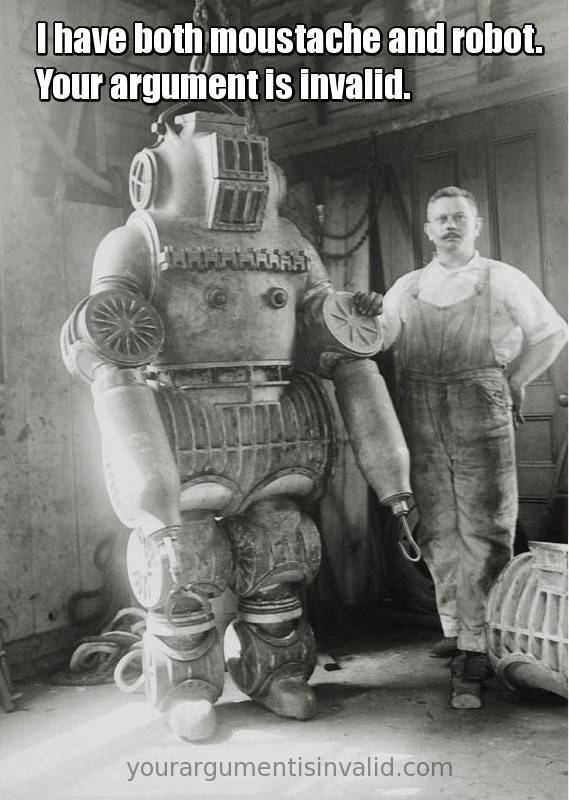HHO torches burn brown's gas which produces water.
So you're getting power from Brown's Gas. Water is just the byproduct. Basically, this is equivalent to "Petrol engines burn petrol which produces CO2. So we can get power from CO2". Splitting water into Brown's Gas and then burning it inside a car is just plain inefficient, and requires an external fuel source to split the water in the first place. You should be aware of this, so I'm not sure why you even bothered to bring it up.
Salt water can be hit with microwaves and made to burn.
This sounds inaccurate at best, to me. For starters, H2O is a pretty damned stable molecule, and H2O2 is not. I suspect sticking an extra oxygen (or more) onto water would be an endothermic process - the water isn't being 'burnt'. The mention of 'saltwater' makes it sound like what's happening is that sodium and chlorine ions are being oxidised - this is probably exothermic, but I can't imagine it being very exothermic. Furthermore, as the sodium and chlorine ions are being consumed, they are the fuel - the water is just there to hold the fuel. It's like claiming that a fuel tank can produce power.
Even if I'm wrong about the mechanism, and this really is working, than there's the incredibly obvious issue that you need to spit microwaves at this thing, and I really doubt its self-sustaining. The energy source is the microwaves (or whatever's producing them), not the water. I'm pretty damn sure you know that, too. You're smarter than this, Xooxer.
You can also use a mixture of hydrogen and water vapor to power a combustion engine, burning the hydrogen in the chamber and injecting water vapor which expands instantly to steam, giving you energy. Been done.
I'm not even sure what the claim is here. Yes, you can burn hydrogen to produce power, yes, water vapour can be used in pistons - but the water vapour isn't a fuel. The energy is coming from the hydrogen. Expanding water vapour is just like expanding air in the piston of a car - not a power source.
EDIT: Are you referring to something like this? If you are, note that the power is still being produced by the fuel being burnt - hydrogen or petrol - the water is merely a medium via which the heat produced can be turned into useful work.
Water hammers produce energy from cavitation, which some claim is producing overunity, though I'm not sure if any proper tests were conducted to verify it.
Quick websearchs don't find me anything on this, but I'm pretty damn sure this claim is bunkum too - you can't produce energy from cavitation. You need to put energy in to cause the effect, and it isn't self-sustaining.

[edit]
Sorry, radio waves, not microwaves.
http://www.youtube.com/watch?v=aGg0ATfoBgo
Here's the japan model (not sure the method)
http://www.youtube.com/watch?v=CrxfMz2eDME
Here's a domestic version from way back in the day: (Stan Meyers)
http://www.youtube.com/watch?v=x1UrlDNkYSo
Here's the HHO torch I mentioned (watch the flame turn into water)
http://www.youtube.com/watch?v=y-sRqAsMEW8
I'm looking for the video of the water vapor/hydrogen van this guy designed, but there's a ton of videos on youtube on this subject and it's proving difficult to pick that one out of the bunch. Trust me, though, it's there.
Here's a brief on that tech coming out of New Zealand.
http://www.eskimo.com/~ghawk/rotary.html